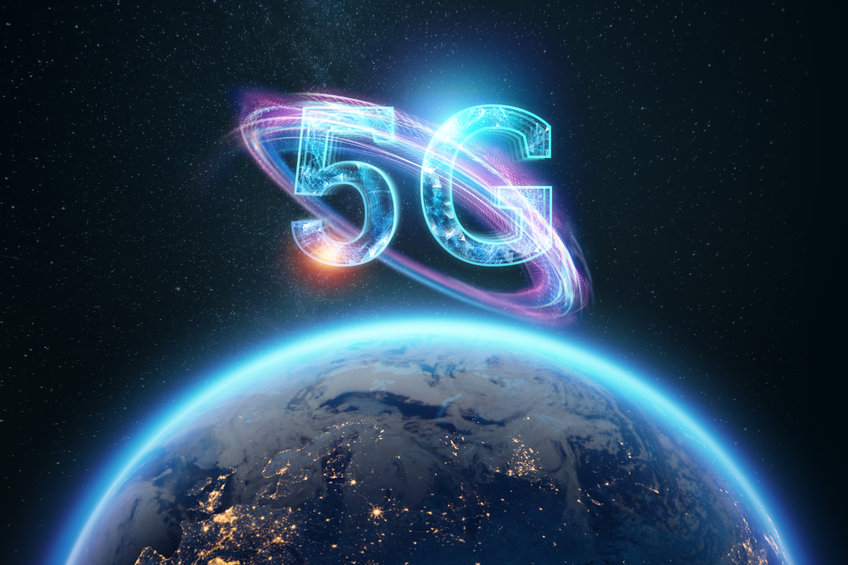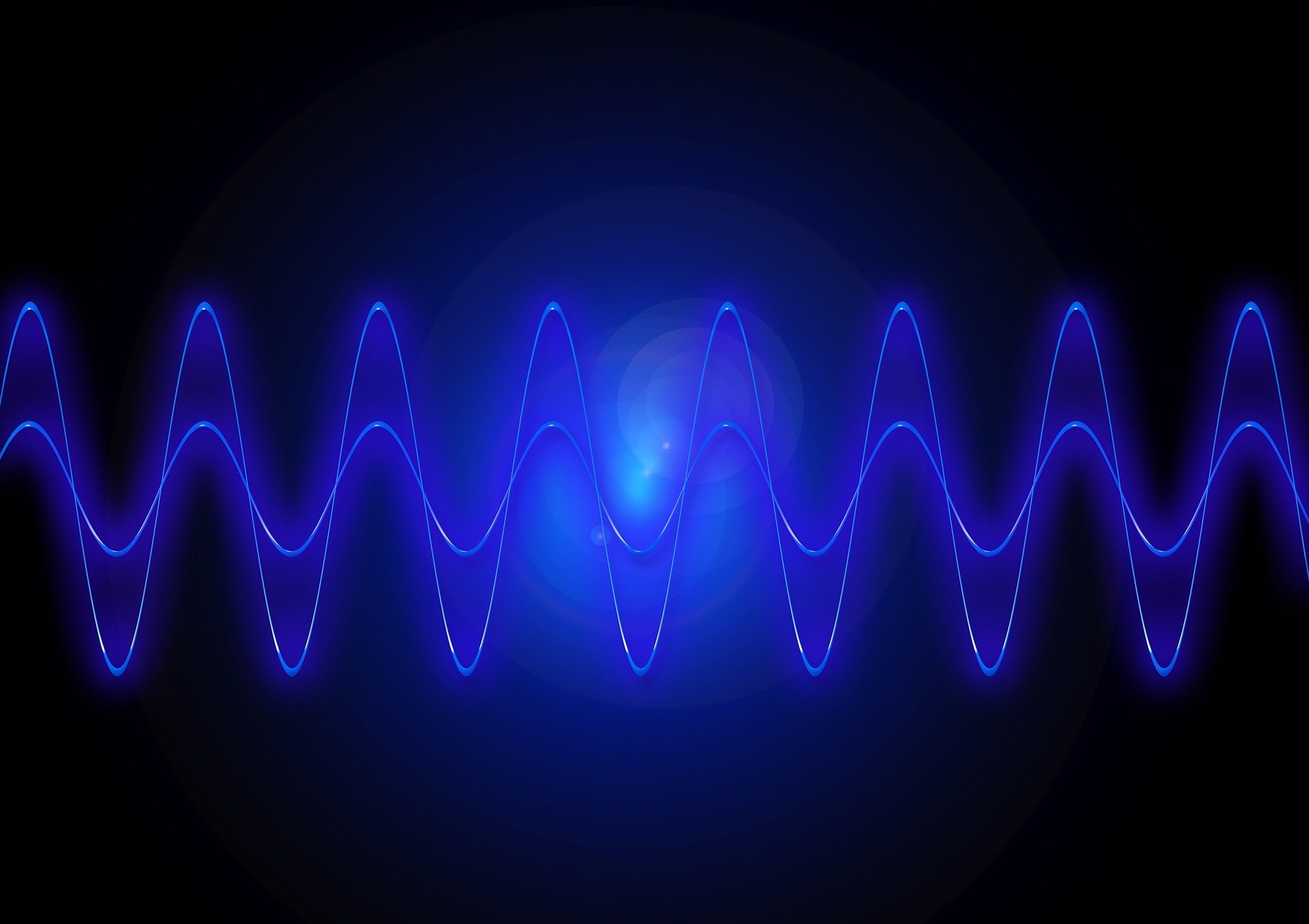Transmissive Metasurface will help deliver high-frequency millimeter-wave 5G and 6G to places where communication is impossible due to obstacles.
Japanese company Kyocera said it has developed a “transmissive metasurface” technology that can redirect wireless network signals in a specific direction to improve the coverage area and performance of 5G and, eventually, 6G networks.
In a release, the firm said that the Transmissive Metasurface will help deliver high-frequency millimeter-wave 5G and 6G to places where communication is impossible due to obstacles, expanding service areas beyond the capability of conventional Reflective Metasurface technologies used today.
The 28 GHz band used in 5G networks, and the higher frequency band being studied for 6G, have a higher degree of rectilinear propagation. Signals often cannot reach locations where a direct line of sight to the base station is obstructed. Reflective Metasurface technology offers a very limited ability to change the direction of a signal to reach these areas. To solve this issue and expand performance, Kyocera developed a new transmissive Metasurface technology that can redirect radio waves at smaller angles to extend targeted network coverage, ”the Japanese firm said.
“Radio waves striking a conventional reflective metasurface device can be redirected at a wide angle, but not at narrow angles beyond the metasurface. Kyocera’s new Transmissive Metasurface technology is able to bend at narrow angles in order to avoid obstacles that may block transmission, expanding 5G and eventually 6G coverage even further, ”the company added. “For example, a large building may block 5G network transmission, but Kyocera’s Transmissive Metasurface device can redirect the signal downward to reach smaller buildings behind and below for better coverage.”
Kyocera also highlighted that conventional technologies have been unable to develop a transmissive metasurface of sufficient size for practical use, adding that Kyocera can design any size using its proprietary technology, making it possible to install metasurfaces in a home patio or apartment balcony.
Kyocera tested its new Transmissive Metasurface using a 28 GHz band local 5G environment at its Kagoshima Kokubu Plant, in Kagoshima Prefecture, Japan.
“Kyocera is developing a Transparent Transmissive Metasurface that is more landscape-friendly and incorporates technological improvements to focus radio waves in specific locations and improve signal strength further. Additionally, the company is developing a Reconfigurable Intelligent Surface (RIS) that can create a smart signal environment to change the signal direction adaptively depending on the devices in use, ”the company said.
Kyocera is a supplier of industrial and automotive components, semiconductor packages, electronic devices, smart energy systems, printers, copiers, and mobile phones.
In November last year, Kyocera signed an agreement with US provider of wireless technology JMA Wireless to jointly develop a 5G millimeter-wave backhaul system.
Leveraging Kyocera’s wireless base station technology and JMA’s XRAN, the new system will accelerate 5G network deployment across Japan. Kyocera and JMA’s note that this solution will provide an alternative to traditional RAN vendors that will be free from third-party dependencies and match carrier-grade performance.













